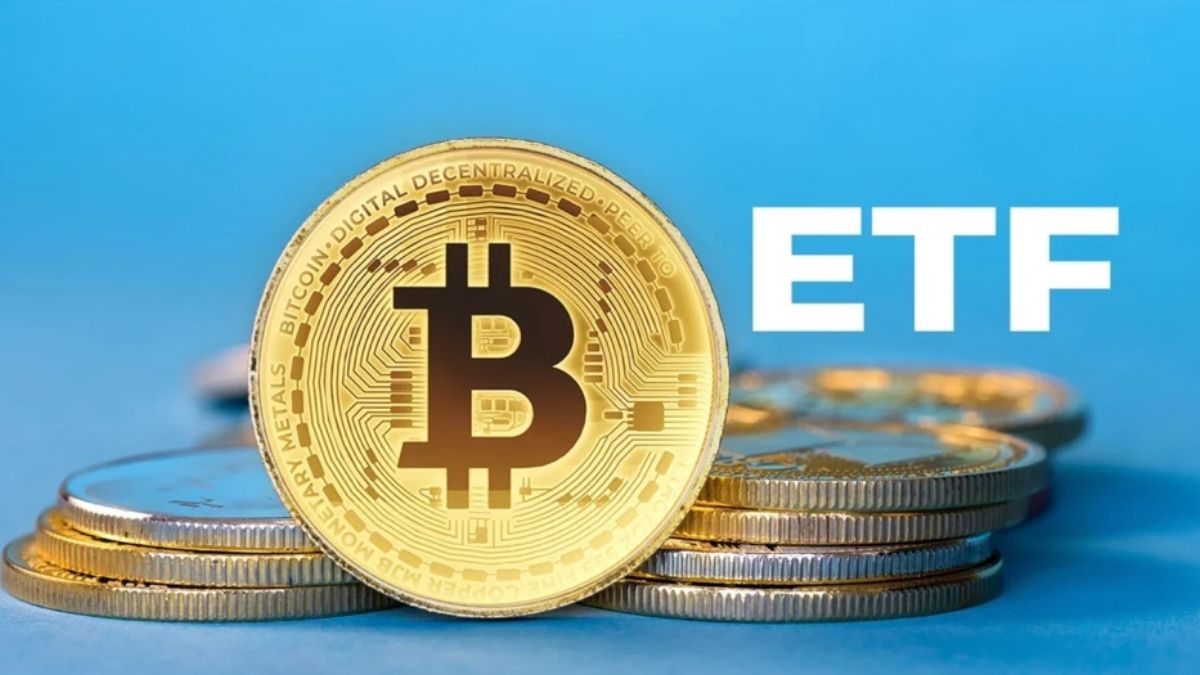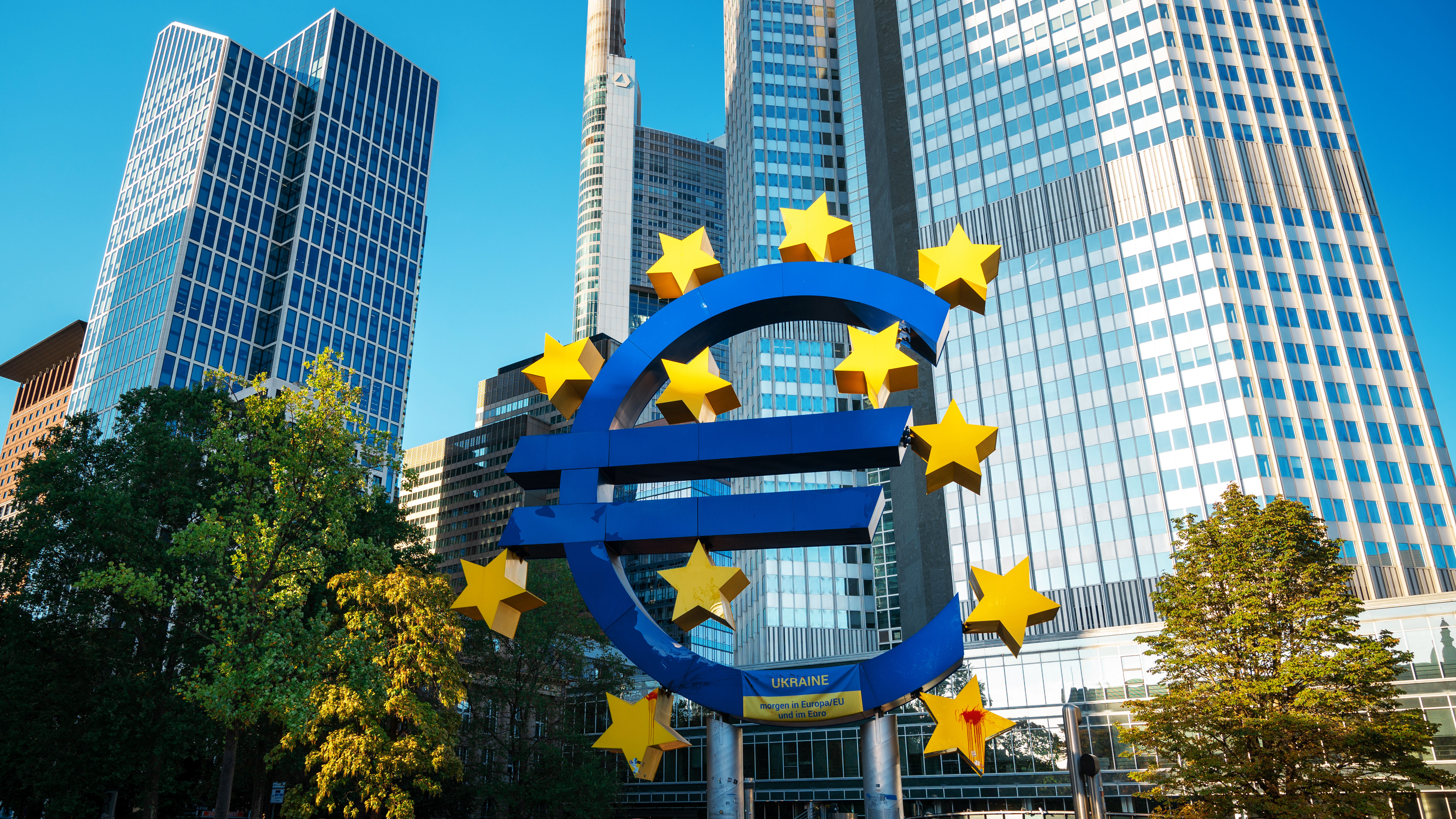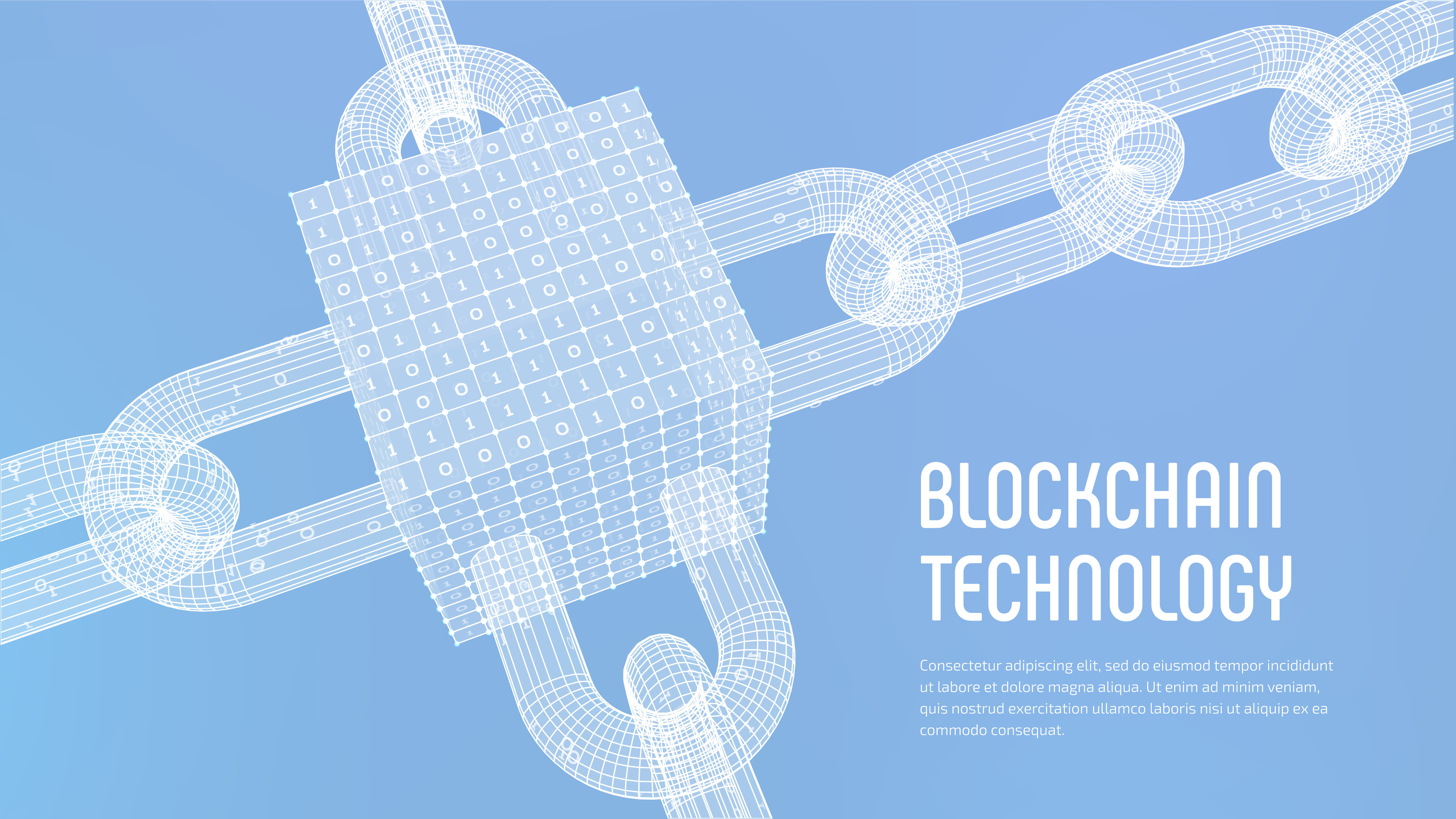Blog

Metaplanet Pursues Massive Bitcoin Acquisition
Feb-25-2025
Japanese investment firm Metaplanet is intensifying its Bitcoin acquisition strategy, recently investing $12.9 million to secure an additional 135 BTC. This latest purchase boosts their total Bitcoin assets to a notable 2,235 BTC, as the company sets an ambitious goal of acquiring 10,000 BTC by the close of 2025.
How Does Metaplanet Plan to Grow Its Holdings?
The firm has firmly established Bitcoin as a key component of its financial strategy. With an average cost of 14.3 million Japanese yen ($95,951) per unit, Metaplanet’s aggressive buying reflects its confidence in Bitcoin as a digital reserve asset.
What Impact Do Bitcoin Purchases Have on Stock Performance?
Following the latest Bitcoin acquisition, Metaplanet’s stock experienced a slight dip of 1.3% on the Tokyo Stock Exchange. Despite this, the long-term trend appears positive, with a 67.5% increase in share price this year, and a remarkable 233.7% rise over the past twelve months.
Metaplanet aims for a total of 10,000 BTC by the end of 2025.
The firm’s stock has seen considerable growth despite short-term fluctuations.
Institutional interest in Bitcoin is surging in Japan due to Metaplanet’s strategy.
Metaplanet’s strategic focus on Bitcoin accumulation is indicative of a growing trend among corporate investors towards decentralized assets, showcasing a shift in traditional financial paradigms within Japan.
Read more

Spot BTC ETFs have captivated $39 billion in inflows since its launch
Feb-24-2025
Spot Bitcoin exchange-traded fund investors have mainly been utilizing the vehicle for arbitrage strategies, having only 44% of inflows associated with long-term investments, as per a crypto research company.
Spot Bitcoin ETFs in the U.S. have captivated about $39 billion in net inflows since their rollout in January last year. Also, just $17.5 billion, less than half, describes authentic long-only purchasing, reported Markus Thielen, 10x Research head of research.
The major part, or about 56% is possibly linked to arbitrage strategies, where short Bitcoin futures place offset inflows, he added, giving reference to the carry trade, where traders purchase spot Bitcoin by ETFs and at the same time lower Bitcoin futures and benefiting from the difference between spot and futures prices.
Thielen said that it means that the real demand for Bitcoin as a long-term asset in multi-asset portfolios is notably smaller than what the media portrays.
Funding rates influence
Instead of mirroring wide-based institutional adoption, the purchasing and selling of Bitcoin ETFs is mainly influenced by funding rates, having the majority of investors aiming on short-term arbitrage instead of long-term capital appreciation.
Thielen further mentioned that the biggest holders of BlackRock’s IBIT ETF are hedge funds and trading companies that specialize in using market inabilities and seizing yield propagates instead of taking entirely directional risk.
Having funding rates and basis spreads recently too low to give grounds for new arbitrage places, hedge funds and trading companies have come to an end adding inflows to Bitcoin ETFs and are actively uncoiled current positions that no longer propose the profitable arbitrage opportunities witnessed a few months ago, he asserted.
Last week witnessed four continuous trading days of outflows, having $552 billion leaving the products, as per Farside Investors. At the same time, spot Bitcoin is still range-bound for the week.
Tides may be relocating
This harms market sentiment, as media reports mainly frame these outflows as bearish signals, mentioned Thielen, who asserted that the uncoiling process is really market-neutral since it consists of selling ETFs when at the same time purchasing Bitcoin futures, successfully offsetting any directional market influence.
The chief executive officer of Real Vision, Raoul Pal said something similar in mid-2024 when he alleged around two-thirds of the net inflows into spot Bitcoin ETFs may be driven by arbitrage trading.
Tides may be relocating, however, Thielen revealed that real purchasing flows have surely picked up since the presidential election of the United States. While really long-only Bitcoin purchasing has ramped up since Trump’s election, funding rates have caved in as retail trading volumes have slumped.
Read more

ECB Plans Blockchain-Powered Payment System
Feb-21-2025
Countries across the globe are doubling down on blockchain and cryptocurrency adoption, with major initiatives rolling out left and right.
Now, the European Central Bank (ECB) is getting in on the action, setting its sights on a blockchain-based payment system, according to Bloomberg.
ECB Races Toward Blockchain Amid Global Crypto Shift
The announcement comes hot on the heels of the ECB’s push for a digital euro. Less than a month ago, the central bank pitched its version of a digital currency. Board member Piero Cipollone has taken the lead in advocating for a stablecoin that Eurozone banks could use, a move that reportedly aims to counter US President Donald Trump’s pro-crypto stance, as Reuters reports.
Since the start of 2025, the digital asset industry has grown by leaps and bounds. Trump’s election as the first openly pro-crypto president of the United States has sent ripples through the global financial system. His administration’s push to embrace digital assets has set the stage for other nations to follow suit. Less than two months into the year and that domino effect is already in full swing.
With blockchain technology now widely seen as a game-changer, the ECB is eager to establish its blockchain-based payment system. The system would allow financial institutions to settle transactions using central bank money, Bloomberg notes. This move could also be another stepping stone toward a full-fledged central bank digital currency (CBDC).
The ECB’s Blockchain Vision
“This is an important contribution to enhancing European financial market efficiency through innovation,” Cipollone told Bloomberg. His words underscore the growing belief that blockchain technology is no longer just a niche experiment—it’s becoming a fundamental pillar of modern finance. Back in January, Cipollone had already stressed that Europe needed a digital euro, and the latest developments show that the ECB is putting its money where its mouth is.
While it’s still early days, one thing is crystal clear: blockchain is no longer a fringe technology. As more financial institutions and governments throw their weight behind digital assets, the future of money is getting a serious upgrade.
Read more

AI, blockchain convergence to bring ‘watershed moments’ in 2025
Feb-20-2025
A convergence of “disparate technologies” such as blockchain, robotics AI, VR and AR could bring immense opportunity in 2025, says the managing director of the Sui Foundation.
Speaking to Cointelegraph at Consensus 2025 in Hong Kong, Christian Thompson said in the mid-term he sees an opportunity with the convergence of a number of technologies, such as AI agents integrated into blockchains.
“The interesting thing with all of these technologies, you get AI, you get robotics, you get like things like AR, VR for gaming, you get blockchain, you get the ability to own your assets in a way,” he said.
“As these technologies converge, you get these watershed moments; I think we’re peering over the edge as it relates to blockchain and AI. Other things will come next. I don’t think it’s very far off. I think it’s in this cycle,” he added.
Blockchain firms have already started integrating AI into blockchain to enhance user experiences and operational efficiency. Decentralized AI infrastructure provider Kite AI launched an AI-focused testnet on Feb. 6.
A day earlier, on Feb. 5, the 0G Foundation launched an $88.88 million ecosystem fund to accelerate projects creating AI-powered decentralized finance (DeFi) applications and autonomous agents, known as DeFAI agents.
Along with greater developments around AI and blockchain, Thompson says this cycle might see “payments actually start to get adopted in meaningful ways,” thanks to regulatory and policy clarity spurring developers to enter the space.
“On the investment side, the liquidity free-up will likely happen. You’ll see VCs and funds and private family offices coming in and feeling more confident to wade into the space. Once you get some regulatory clarity, you will open up a world of investment,” Thompson said.
“From that, you’ll get this shift from Web2 to Web3; they’ll begin to converge. Then you get all this experimentation, research and development work, creating its own flywheel effect.”
US lawmakers and industry leaders have been calling for a regulatory overhaul of the crypto sector under US President Donald Trump’s administration to ensure the nation maintains an edge over global competitors.
Meanwhile some crypto skeptics, such as US Senator Elizabeth Warren, continue to take a hardline toward the industry with calls for stricter crypto laws.
Read more

Tether and Circle mint 1B USDT on Tron and 250M USDC on Solana, respectively
Feb-19-2025
The world’s largest stablecoin issuer, Tether, minted an additional $1 billion worth of USDT on the Tron network in the past 11 hours. At the same time, Circle also minted another 250M USDC on the Solana network.
Data revealed that Tether has minted 3B USDT on Tron since the beginning of 2025. Circle has also minted a total of 7.75B USDC on Solana since the start of the year.
Tether and Circle mint additional USDT and USDC stablecoins
Blockchain data showed that the USDT issuer minted another 1B USDT on the Tron network and pushed its total minted tokens this year to 3B. The firm also revealed that it had over $134 billion in USDT tokens in circulation as of November 2024.
“PSA: 1B USDt inventory replenish on Tron Network. Note this is an authorized but not issued transaction, meaning that this amount will be used as inventory for next period issuance requests and chain swaps.” – Paolo Ardoino, CEO at Tether.
Tether’s new mint pushed its USDT supply to over $140 billion, with most of it being on Ethereum ($76.9B) and TRON ($61.7B).
Paolo Ardoino, Tether CEO, revealed the company’s attestation for Q4 2024, which indicated that Tether garnered $13.7 billion in profits for the year 2024. The company also gained ~$6 billion in profits for Q4 2024 and $113 billion in direct and indirect holdings.
The report also highlighted that the company issued $23 billion USDT in Q4 2024. Ardiono added that Tether had a total issuance of $45 billion USDT for year 2024, which represented almost the entire market cap of the second largest stablecoin.
The firm also acknowledged that its USDT reached an impressive milestone of 400 million users globally who were mostly distributed among emerging markets and developing countries. Tether had $7 billion in its excess stablecoin reserves in 2024, which was a 36% increase year over year. According to Ardiono, the Tether Group proprietary equity also surged past $20 billion.
Data also showed that Circle resumed USDC minting on Solana after a 7-day pause. The firm has minted a total of $6B USDC on Solana in January and $1.5B in February. SpotOnChain also said that the 7-day break was the longest pause for Circle since previous mints were only up to 4 days apart.
The additional $250M USDC is part of Circle’s ongoing efforts to expand the reach and utility of its stablecoin across various blockchain platforms. The firm has been minting several batches of $250M USDC for several weeks. SpotOnChain maintained that the continued endeavor for Circle’s USDC mint was to meet the market-wide demand of the stablecoin.
Eleanor Terrett, FoxBusiness journalist, also reported that Tether was working with U.S. lawmakers to influence how fiat-backed currencies are regulated in the U.S. Terrett disclosed that Tether had never received a full audit, but opted to provide quarterly assessments of its financial books from global accounting firm BDO.
The journalist revealed that Tether had around 60% of the $230 billion stablecoin market. She also added that the company had become one of the largest holders of U.S. debt in the world, with over $114 billion of short-term Treasury bills in its reserves.
Terret highlighted that Congress was working to create legislation that will set a regulatory framework for stablecoins in the U.S. Ardoino told Terrett that the company was actively engaging with top lawmakers on how to best shape the law.
The journalist said that Congressman Bryan Steil had confirmed to Fox Business that Tether had been engaging in the discussion draft of the STABLE Act, which he and Congressman French Hill had introduced last week. According to Terrett, Tether would need to submit to a full monthly audit by a U.S. accounting firm for compliance with proposed regulations. The firm would also be required to maintain one-to-one reserves with assets that are pre-approved by regulators.
Read more






